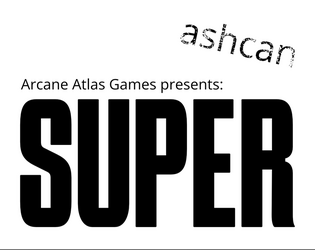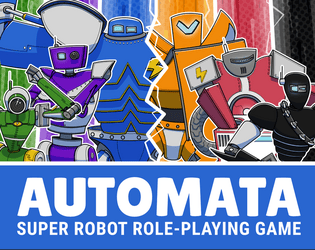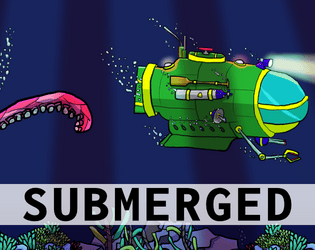Why you should check this out: a high-quality, loving translation of the feeling of online FPS video games (especially Planetside) into a streamlined TTRPG.
Style:
- 2-column landscape A4 makes the text easy to read while occasionally allowing for a full-page diagram to use the extra space.
- The spartan black and white with patent-style spot art fits the vibe of FIST, while the headers and sub-headers give it its own clean identity
Structure:
- There is a lot here - over 60 A4 pages, but it is structured in a really smart way. Planet FIST is consistently explicit about it’s inspiration, politics and intent. From the first few pages you get a very clear idea about the vibe that the game is trying to create, which helps keeps you grounded through the mechanics that follow.
- I love the inclusion of the warning triangle to highlight any specific differences from the base FIST ultra rules. It’s such a simple idea, but so effective at drawing attention to things that might otherwise be missed
- Throughout, the ‘Admiral’s notes’ clearly indicate the why behind some of the mechanics and ways that tables could adjust them to suit their tastes
- The flowcharts and reference pages at the end really help to bring all the mechanics together after a more detailed read-through
Content:
- The game is thoroughly playtested - so even without playing it myself it’s clear that the mechanics will work well at a table. A lot of thought has gone into balancing the flow of more tactical / skirmish style elements and narrative moments.
- The mixture of health and regenerating shields is a really clever use of a video game mechanic that I’ve not really seen before, but could see leading to interesting decisions. Death allowing you to adjust your class is also a really neat translation of a video game idea.
- Little touches like giving the 3 factions colours, architectural styles and emphasising the absurdity of some of their motivations really brings the feeling of endless corporate warfare to life.
- The writing is clear and strikes a good balance of flavour and concise mechanics. I really enjoyed reading the pdf.
- I specifically loved how the character creation was presented - for a relatively complex process, the overview made it really clear to understand what each step would involve. It also cleverly allows them to be tackled one at a time as a group. I’m always a sucker for collaborative elements to characters - so the bonds and ranks are a great addition to the process, and well worth the extra time spent on them.





